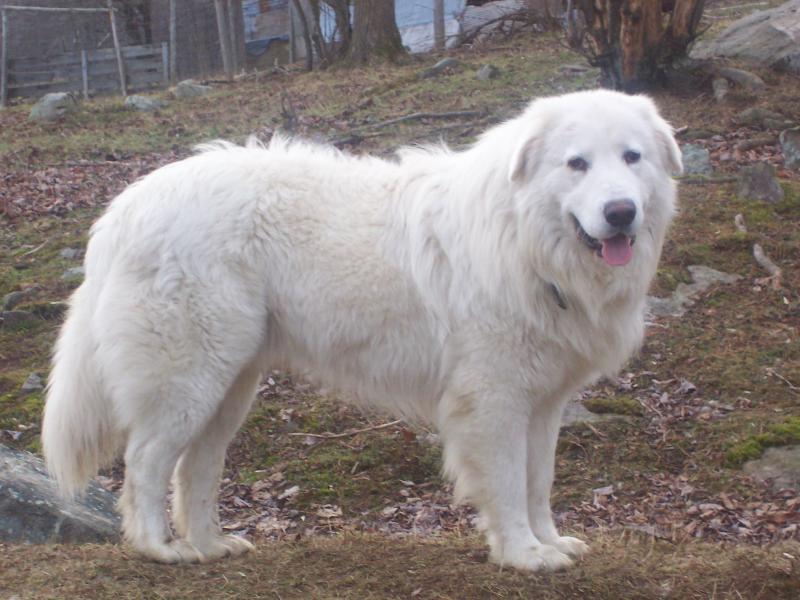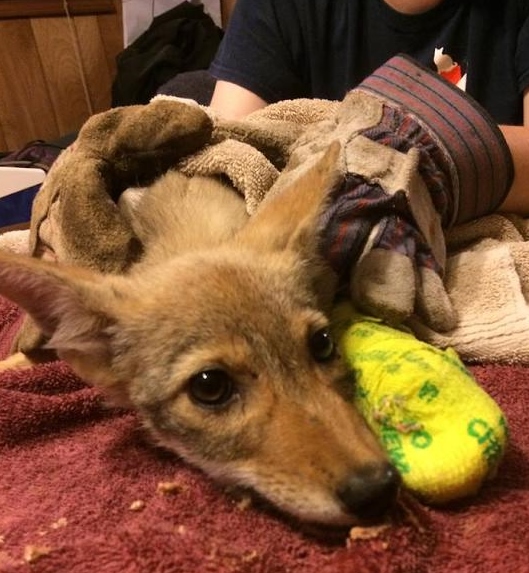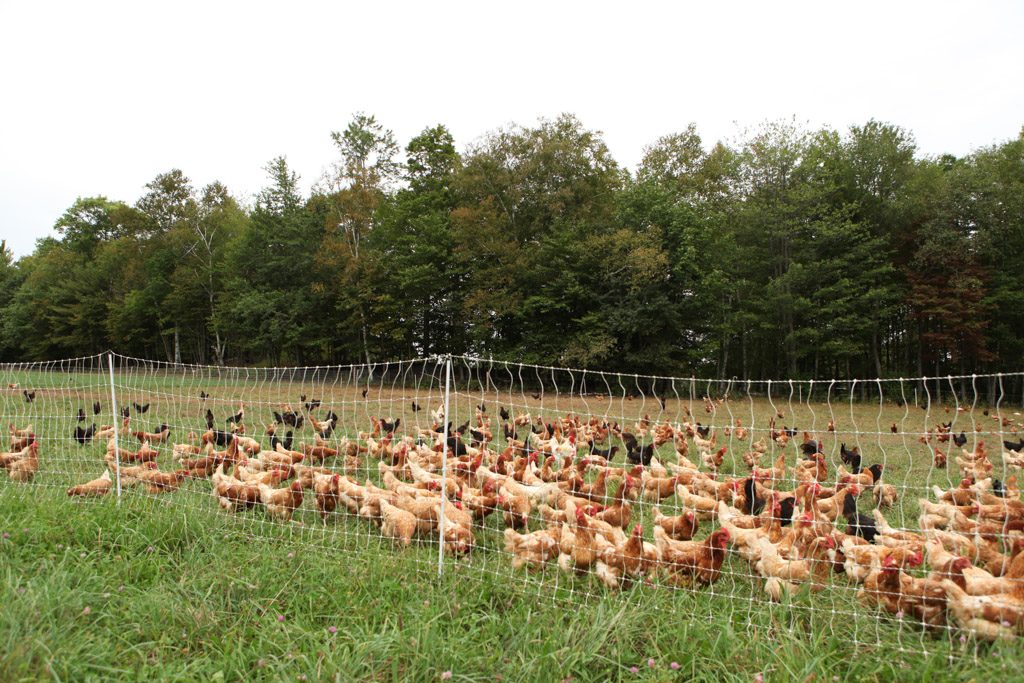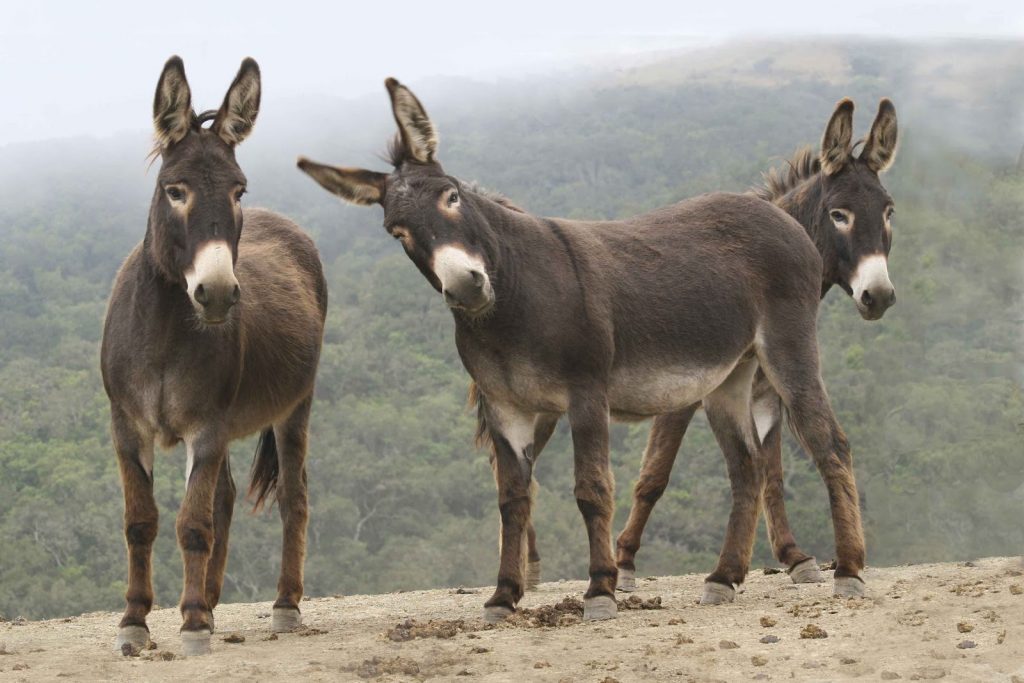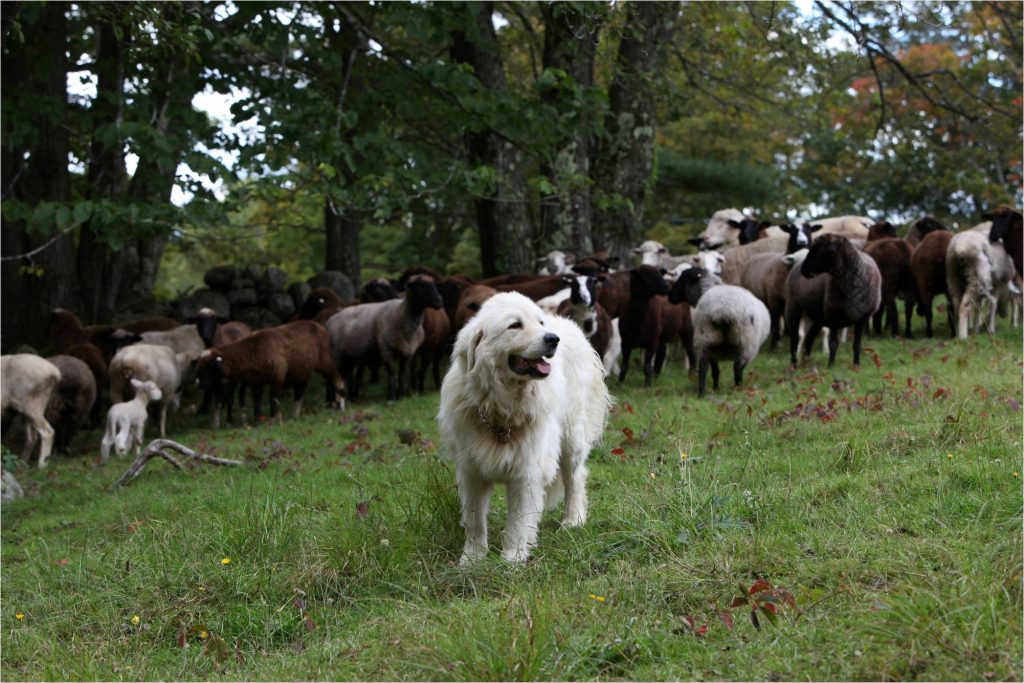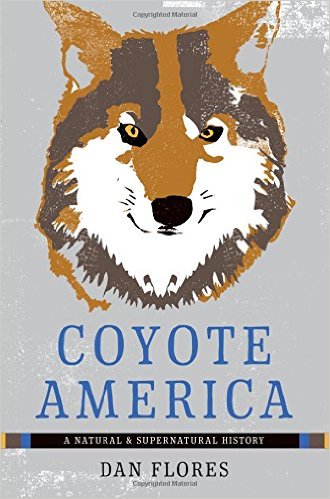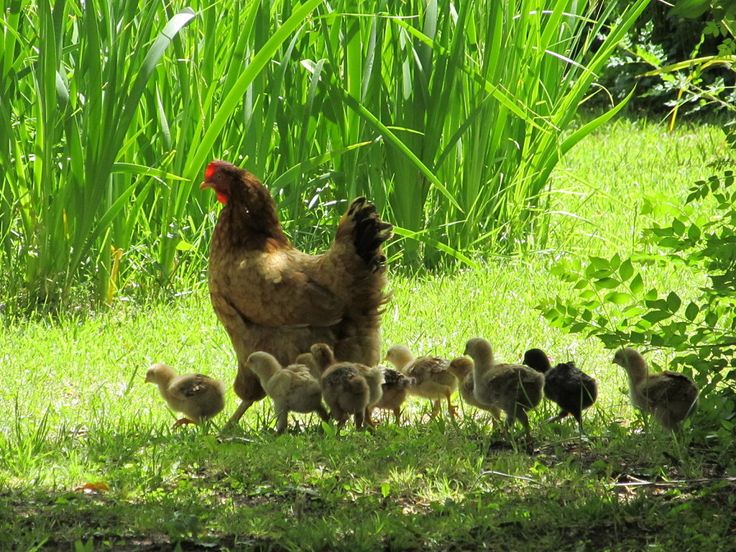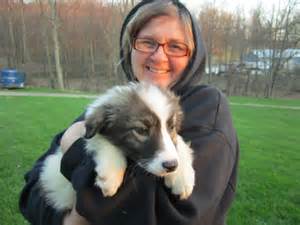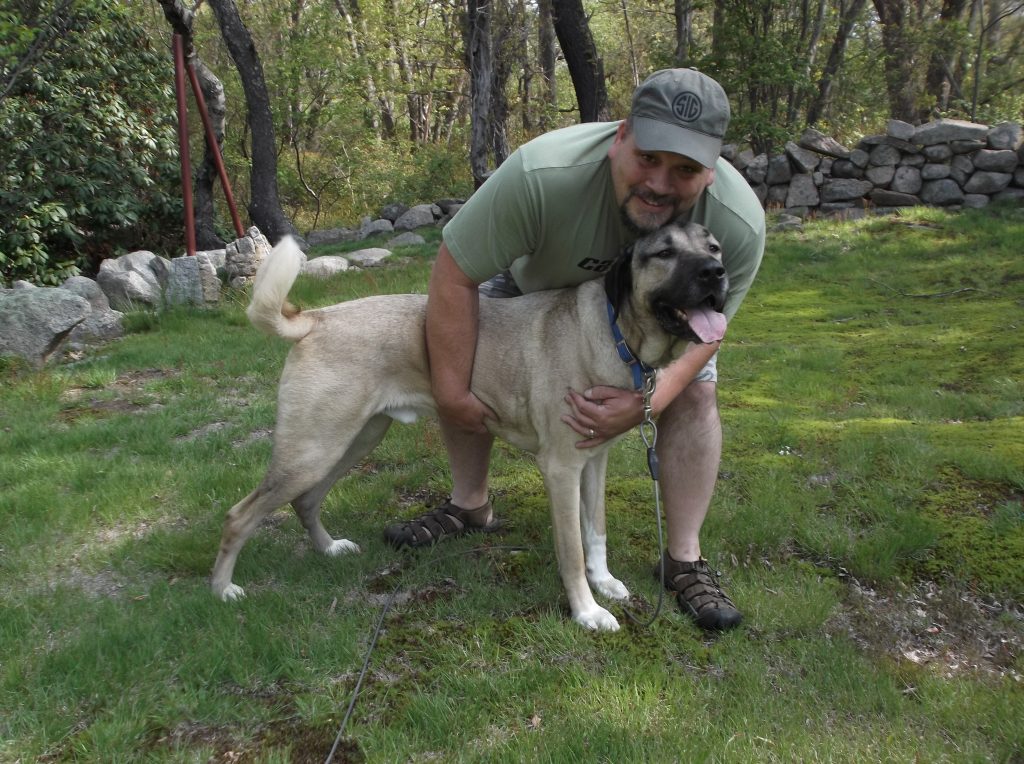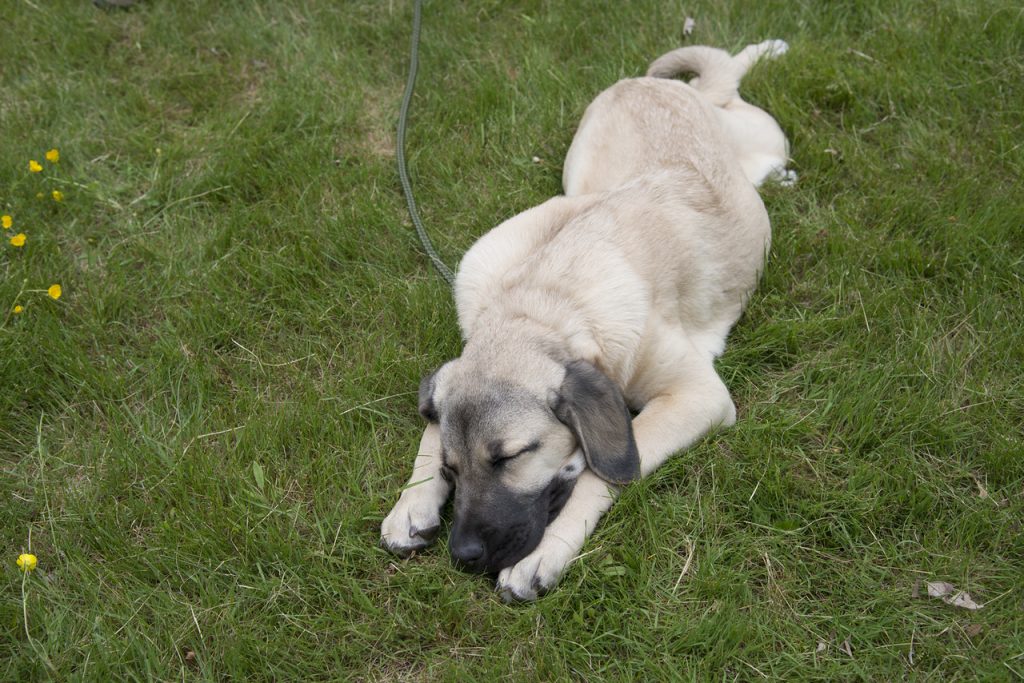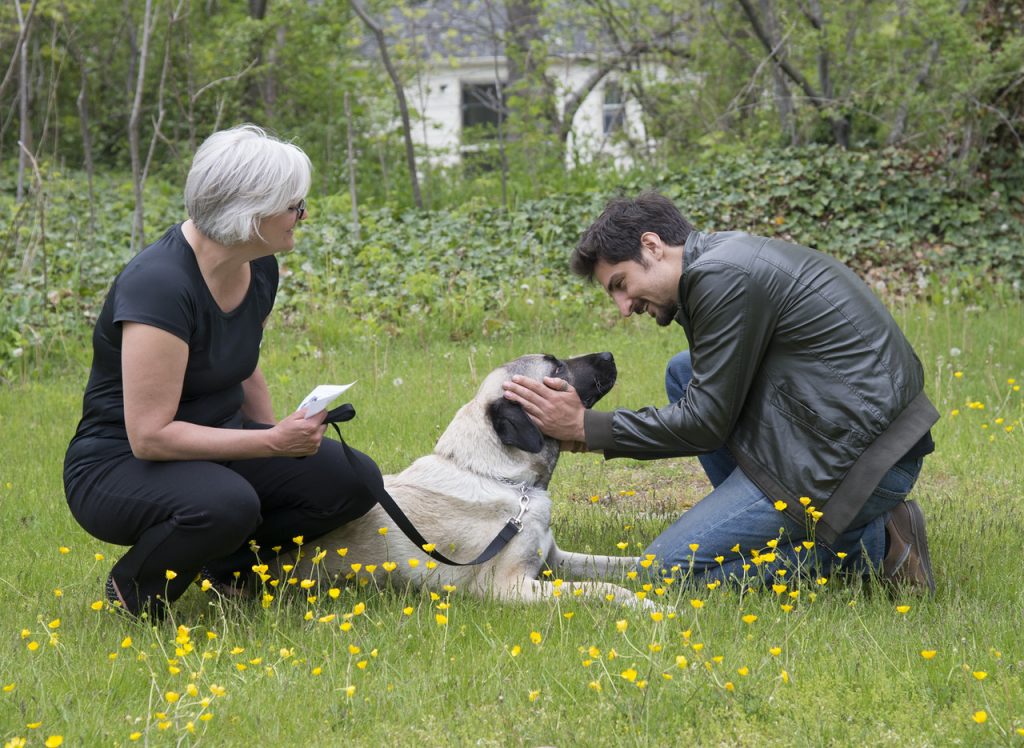
Guardian Dogs know what their work is about. They don’t need the farmer to teach them that.
BUT ~ when they are new to your farm, there is much for them to learn about the specifics of YOUR farm. It is exremely important that you take the time to teach them…..if you want them to be successful guardians.
The following is shared by Jackie Church of Windance Farm in Upper State New York. She is a responsible breeder of Maremma Guardians, and shares her knowledge and experience in a Manual she has written for farmers. Here is one section on introducing your guardian to your farm.
Setting your Dog up for Success
You must set your dog up to succeed. This applies to a new adult dog, and to the brand new young puppy that arrives at your farm.
You need to know what to expect from your dog and what ages you can expect it. Some dogs are exceptions in both the negatives and positives. You may have a dog that could never fail, no matter what you did. Then you have others who take longer to mature, and make you scratch your head more than anything in your life.
Again, what you put into this dog – is exactly what you will get out of this dog. If you toss a dog in the pasture alone, then you will get exactly what you are putting into it. Yes, the dog may (and an adult should) know how to keep predators out, mark the boundaries and bark.
But all the rest? The relationship it should have with the stock, with you, what the boundaries are, where and what – all that the dog does not know.
In all of the old world countries that use guardian dogs, they do not run just one dog. They work the dogs in teams. There is a smattering of ages –from some old dogs to very young dogs.
The older mature dogs that know their jobs are the teachers of these young pups. This is done by example and correction. If you take a young pup and place it in the field without an adult dog who knows the ropes –then YOU become the teacher. YOU become the mentor. YOU become the one to provide the instruction. If you do not, any failure of the dog is not because of the dog, but because of the lack of guidance and training.
Contributed by Jackie Church of Windance Farm in New York
www.windancefarms.com
Jackie breeds outstanding old world Maremma guardian dogs
Material from her Training Manual ©
